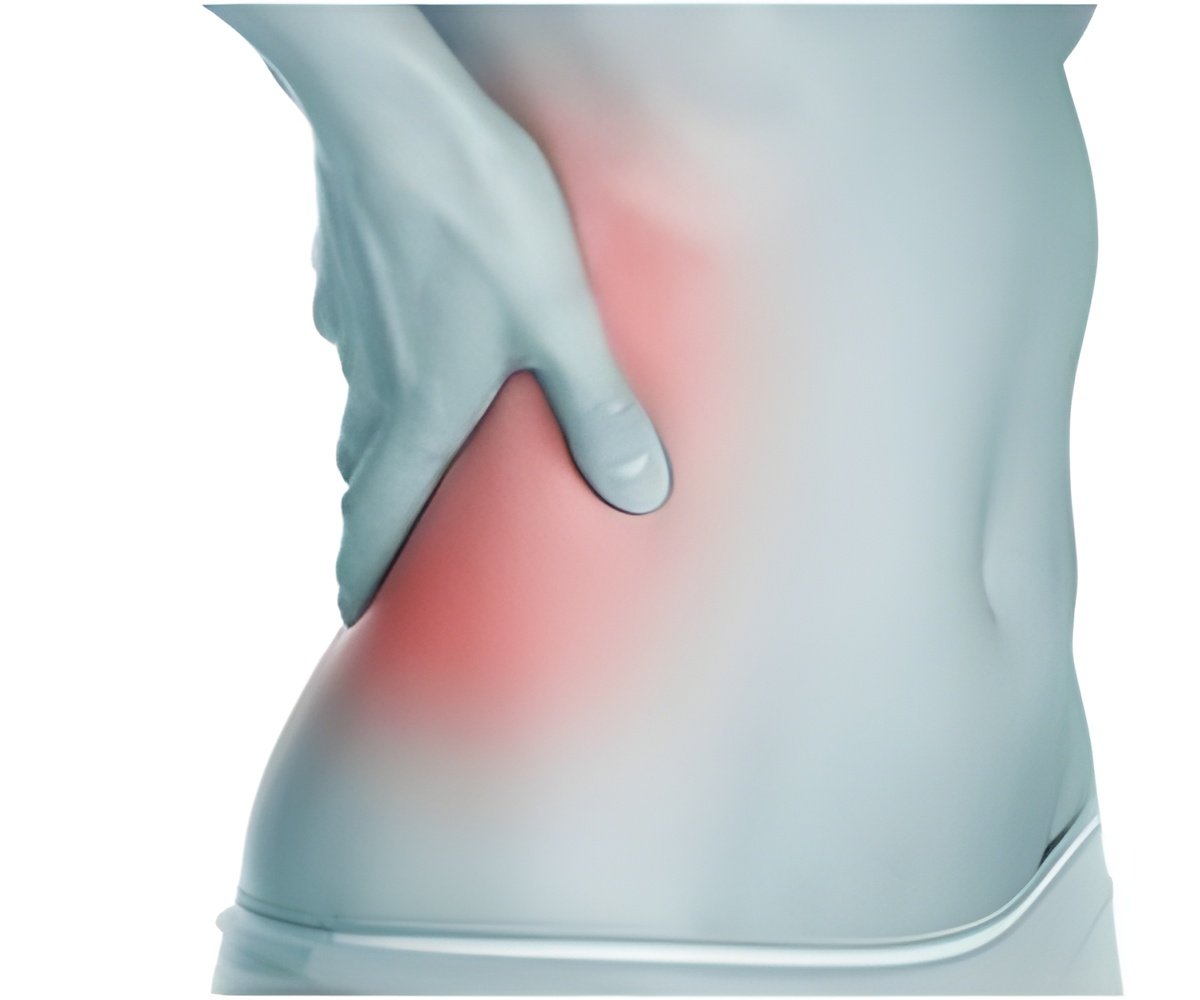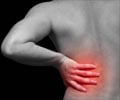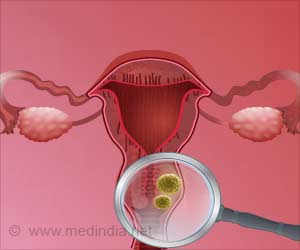Women experience chronic pain longer, more intensely and more often than men, a new study has found.

"We need to encourage women to take a more active role in their treatment and reduce the stigma and embarrassment of this problem."
Kelly said the latest research offers interesting insights into how physicians and mental health providers can better treat women with chronic pain.
Chronic pain conditions that are more prevalent in women than in men include fibromyalgia, irritable bowel syndrome, rheumatoid arthritis and migraines, said Kelly.
Hormones may be to blame for these differences, said Kelly, who added that estrogen clearly plays a role in conditions such as migraines. Rates of other painful conditions increase for girls as they pass through puberty whereas rates for adolescent boys are stable or rise less steeply.
"Pain perception does vary according to the menstrual cycle phases in women with chronic pain," said Kelly.
Advertisement
As for treating pain, studies have shown men and women experience different side effects of analgesic medications.
Advertisement
"Women tend to focus on the emotional aspects of pain.
"Men tend to focus on the physical sensations they experience. Women who concentrate on the emotional aspects of their pain may actually experience more pain as a result, possibly because the emotions associated with pain are negative," she said.
The findings were discussed at the 118th Annual Convention of the American Psychological Association.
Source-ANI












